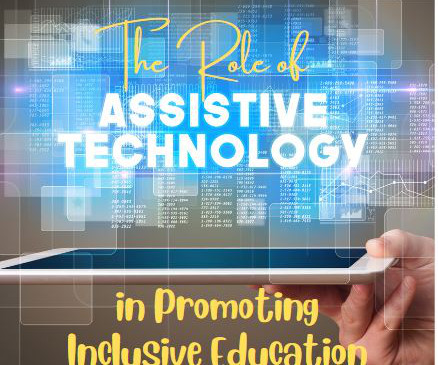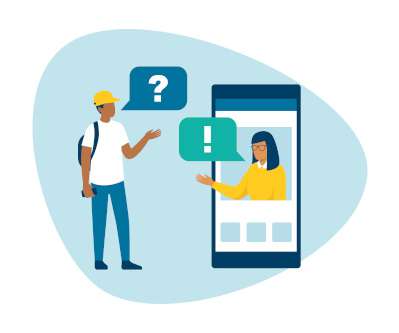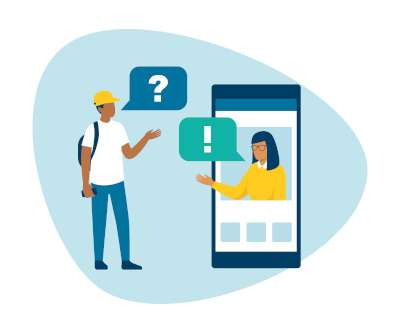The Role of Assistive Technology in Promoting Inclusive Education
Ask a Tech Teacher
DECEMBER 2, 2023
Here’s the complete overview on the role of assistive tech in encouraging inclusivity in education: What does that mead? The Role of Assistive Technology in Promoting Inclusive Education Persons with disabilities may struggle with coordination problems, short attention spans, and limited mobility, which may or may not be obvious.












Let's personalize your content